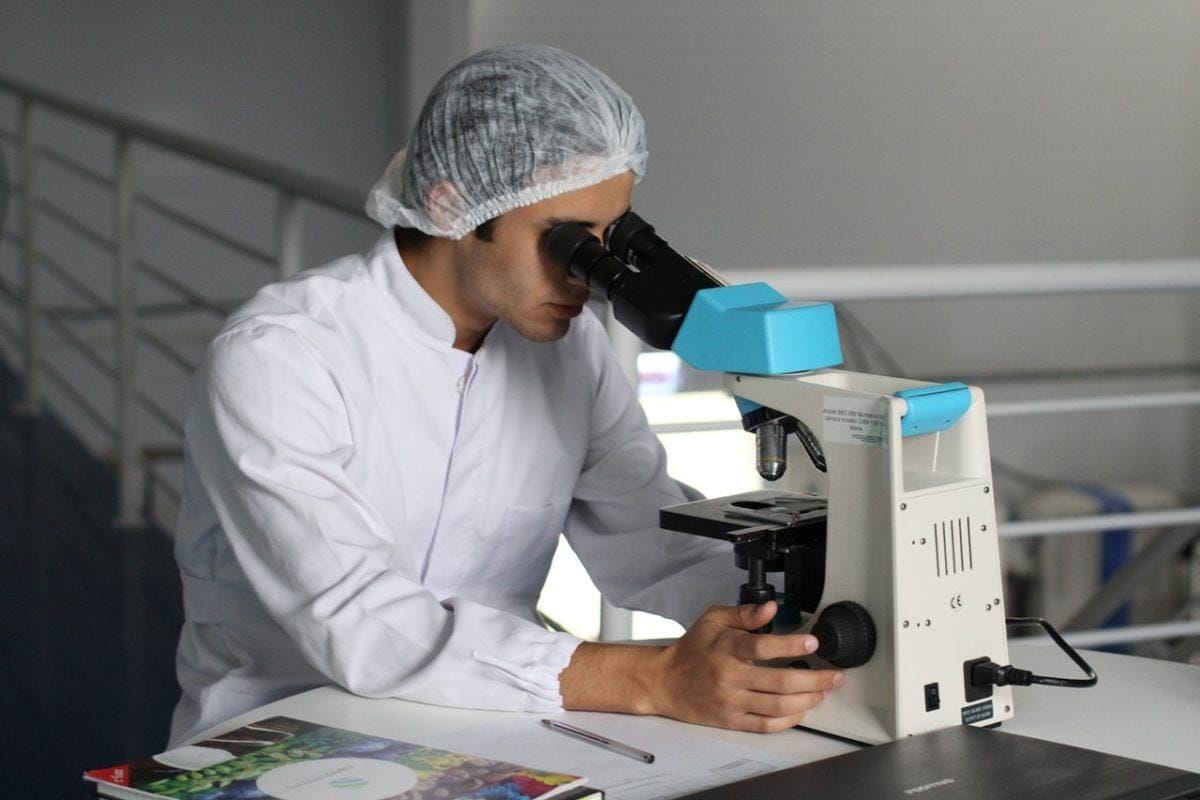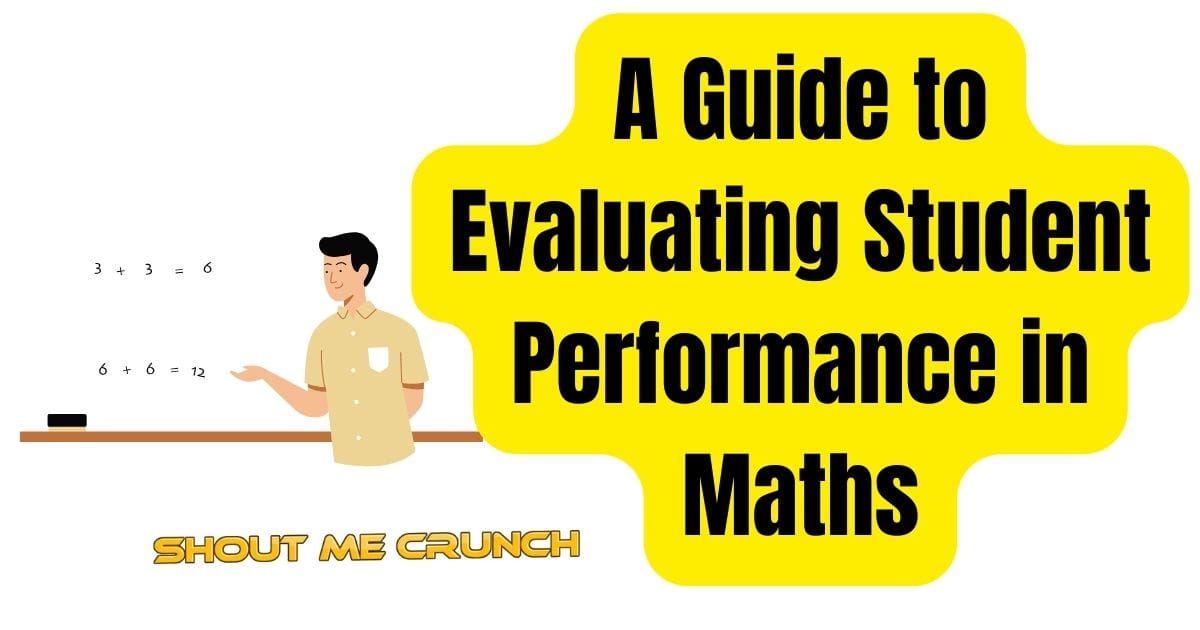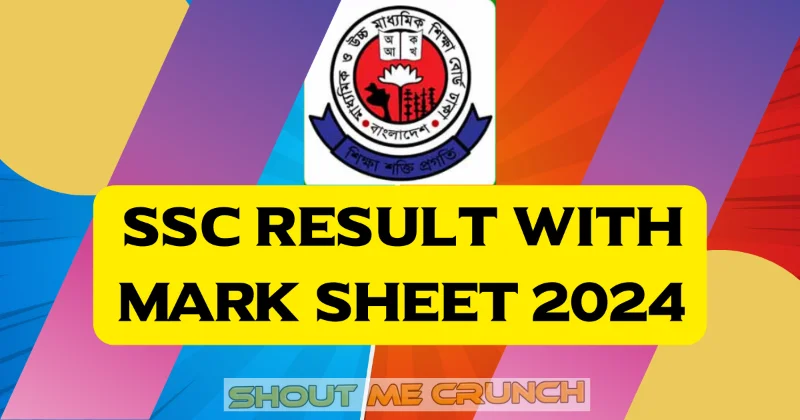When a young researcher receives his first scientific results, which can already be shared with the scientific community, he wonders: “How to write a scientific article?” But to write a scientific article, it is not necessary to be a scientist. Scientific articles are written by masters, graduate students, and associate professors, and professors. For some, it is a need to share their scientific developments, but for many, it is a prerequisite for passing protection, competitive election, gaining a promotion.
It turns out that very many need to write scientific articles, but only a few write them with pleasure. And all because you need to be able to write scientific articles, you need to know where to start and where to find out the motivation for writing it. We will answer these questions in our article.
How to write a good scientific article?
What is a “good science article”? This is material that covers a certain topic with a justification of its position, confirmed by authoritative sources, the results of the experiment, measurements, observations, modeling, and other research methods. The article should be built on a certain structure and have novelty. Knowing what we should get in the end, we can begin to write a scientific article. It remains only to begin.
Read also How To Write A Beautiful Article Within 10 Minutes
Where to start writing an article for a master?
Start by choosing your research direction.
The first one. Here you can focus on the teacher, who will be your supervisor in the future. The human factor has not been canceled: its field of scientific research can become the direction of your research.
The second one. Choose topics where research has already been done, where there is data for analysis. Rosstat website to help you. And other analytical portals (Autostat, for example).
The third. Register in the databases of scientific articles. An E-library for starters. For more advanced and with knowledge of English – Scopus, Web of Science, Google Scholar. See what the articles are all about.
When you understand the direction, you need to start reading. Well-read will help you a lot. Have you already registered in scientometric databases? Read two or three dozen articles on a selected topic. This will help the formation of vocabulary on the chosen topic, understanding the basics of the scientific style of writing.
Infographic

Have you read the articles? Choose the magazine where you want to publish! The magazine can be selected on the recommendation of the supervisor, consider the possibility of participating in conferences with the publication of articles in scientific collections, or you can choose it yourself, focusing on the e-library base (how to do this, read the following paragraphs for graduate students and teachers).
Now that you have a magazine, carefully study its requirements for authors. And you will have the structure of the article, its volume, requirements for the design, and a number of literature sources. So your project “writing an article” takes on a certain shape, you know how much text you need to write and how many sources to quote at least.
Now it’s up to you to start writing text. Start by describing the sources you have learned about your topic. Be sure to make links in the text. This will be an introduction.
In the introduction, you need to identify a hypothesis and explain why this problem is relevant. Do not forget to show what is already known about your subject of study (with links to authors who have already studied this problem).
The introduction is followed by the main text of the article. There you give the results. Well, if there are graphs and tables: they help to better perceive information. Graphs and tables you describe, analyze the results.
In conclusion, you indicate whether you have been able to confirm your hypothesis, what significance the results have, and how they can be applied in practice.
When the article is written, you show it to the supervisor and enlist his support. Often magazines require an article review from your university teacher. Take into account the comments of the supervisor (if they exist, but they may not be), and send the article to the selected journal.
Be sure to write the text of the cover letter, which indicates who you are and what your article is about (briefly). Wait for an answer. If there is no answer within 3-5 days, write again or call to make sure that the editors have received your letter.
Read also Public Speaking Fundamentals for Introvert
Your article will be submitted for review. A review can be expected for several weeks. Then you will need to work with the comments of the reviewer.
And so, when the article is corrected, it finally gets to print.
Here I described the case if you submit an article to a journal of a good level, at least included in the list of the Higher Attestation Commission (Higher Attestation Commission – an organization that assigns academic degrees).
If the magazine is simpler, or it is a collection of articles, then the procedure is much easier. The support of the supervisor is not required, and nobody will most likely review the article. You simply pay for the publication and get your work in print or electronic form. For a novice author who does not plan a scientific career, this is an entirely suitable option.
If you are interested in a scientific career, and you want a solid line about publication in your resume, then read the next section.
Where to start writing an article for a graduate student?
A graduate student, if he has not yet published scientific articles, can read the section for masters. If the “pen test” has already taken place, read here.
- Therefore, we immediately go to the website of the Higher Attestation Commission, find the last list of magazines there, and select magazines according to their specialty.
- Then we go to the e-library, find this magazine there and carefully read the articles from this magazine. We adopt the format and style.
- We study the requirements for the authors of the selected journal and determine the size of the article, the number of sources, and design.
- We study articles on our topic on the e-library, in Scopus, Web of Science, and Google Scholar, we collect material.
- We formulate the topic of the article and the main hypothesis, which we will confirm or refute.
- We are writing an article on the structure “introduction – main text – conclusion.” In the introduction, as in the dissertation: the relevance and review of the available literature on the problem under study. The main text contains the results obtained and their analysis. The tables and figures are warmly welcome. In conclusion – the practical significance, the significance of the results, and the answer to the question of whether it turned out to prove the hypothesis.
- We are writing a letter to the editors of the scientific journal. We introduce ourselves and talk about what our article is about. Do not forget to attach the article itself.
- We get a response from the editorial office (if there is no answer for a long time, write again. Perhaps the letter did not reach or was lost). The response may include comments from the reviewer. We are working on comments. Not at all upset. This is a common thing.
We resubmit the article, get a positive response, and look forward to the release of the magazine!
How to finally start writing?
Answer the question “why?”. Why do you want to write an article? There is inner motivation and outward motivation. Once you read this article, then you have intrinsic motivation. And this is the strongest motivation. The desire to be the first, the best, to defend a master’s thesis with excellent marks, to find the best workplace, to obtain a candidate or doctor of science degree (underline the necessary). But it is global. You understand why you are doing this. But, unfortunately, this is somewhat abstract.
Therefore, for specific cases, external motivation is needed.
This training is admission to a magistracy, graduate school, doctoral studies (as a start, investment).
This is a specific date – the deadline (as a loss) – the date of the conference, the deadline for accepting articles, the date of the report on the work done.
This is a prize, money (as an acquisition) – for example, and you will receive a grant for a business trip and research, you will receive an academic title, the required degree.
And if intrinsic motivation is strong, then you know what to do, and use extrinsic motivation to help you take concrete steps.
Conclusion
We have dealt with you on how to write a scientific article for a master, graduate student, young teacher. A rule that works for everyone: if there is motivation internal and external, then you will succeed! So,
- select a topic (this way we specify the goal)
- we select a magazine (we specify the task by time and volume),
- we collect data (we study the topic more deeply),
- we analyze the data (we make an increment of scientific knowledge),
- we make out in the form of text according to the adopted structure (a scientific article is also a certain genre),
- send to the journal (we get the rating of reviewers: a view from the outside),
- publish (achieve the goal)!






![Medical Admission Result [2025] Check | PDF Download Medical Admission Result](https://www.shoutmecrunch.com/wp-content/uploads/2024/02/Medical-Admission-Result.jpg)

